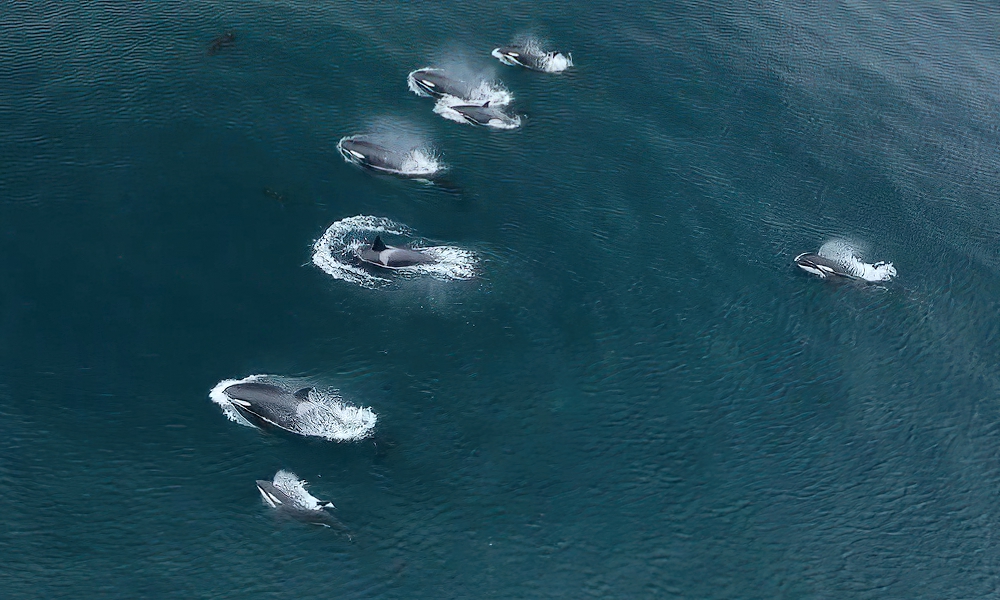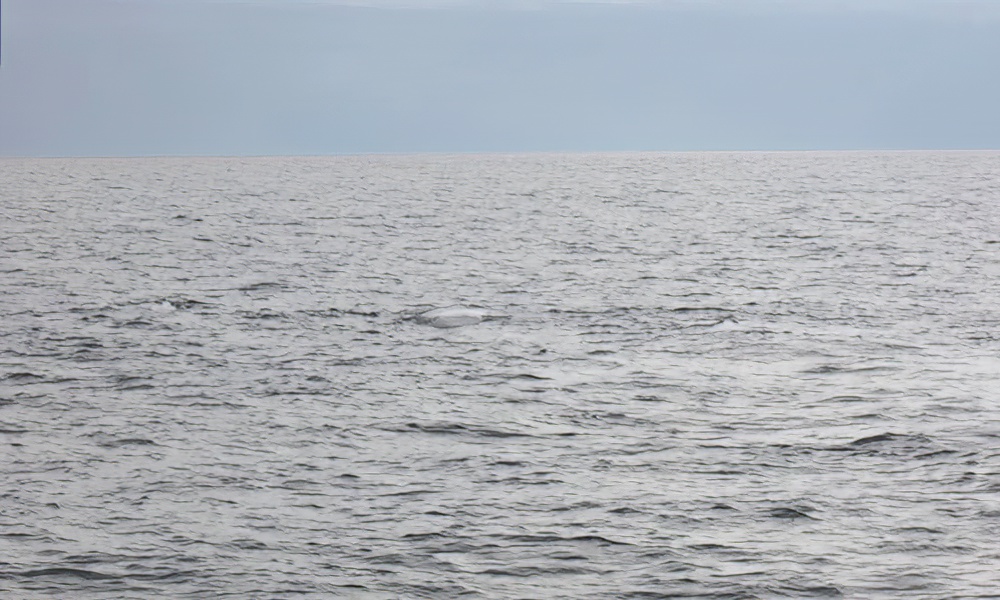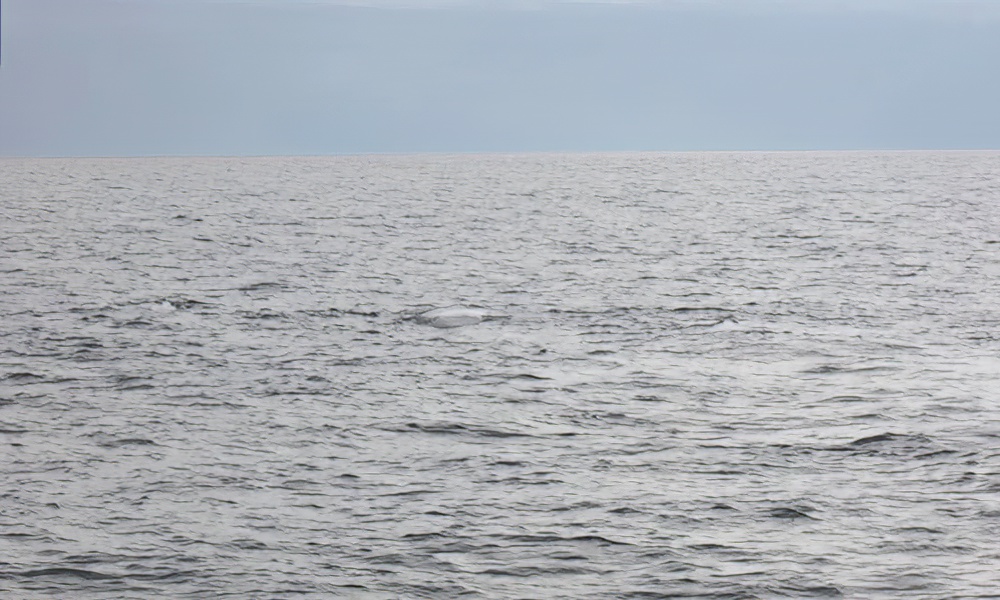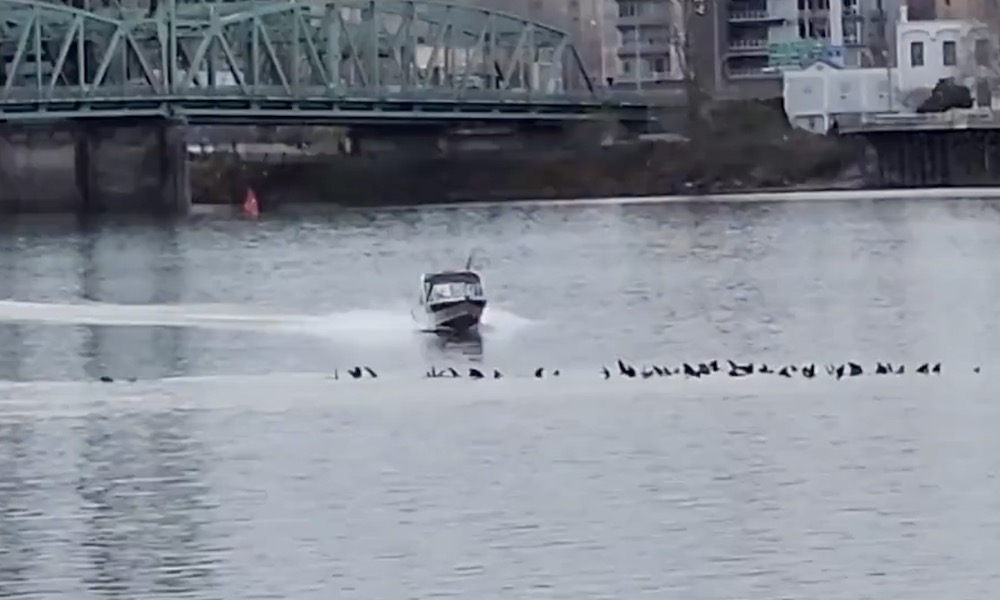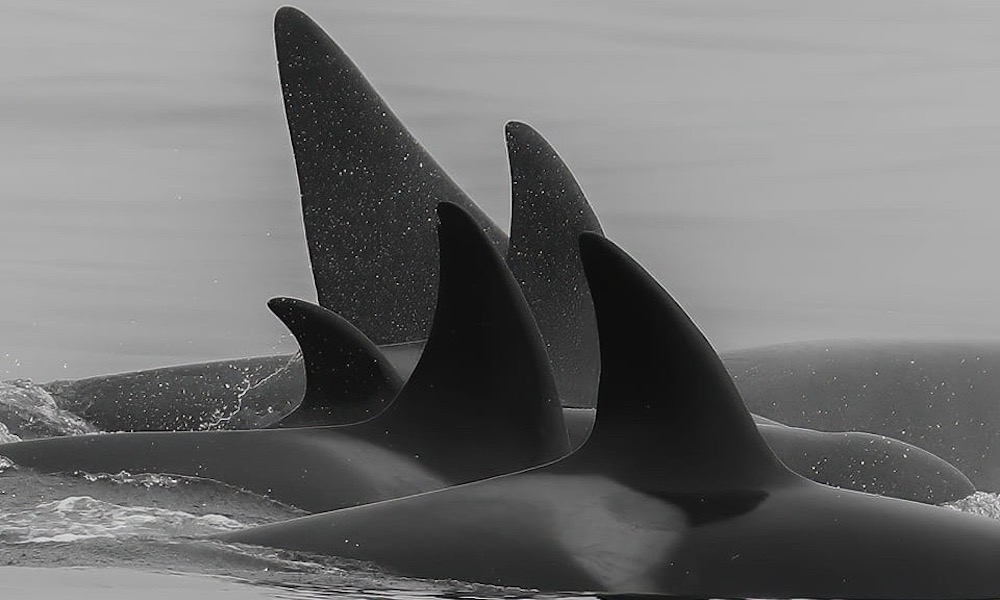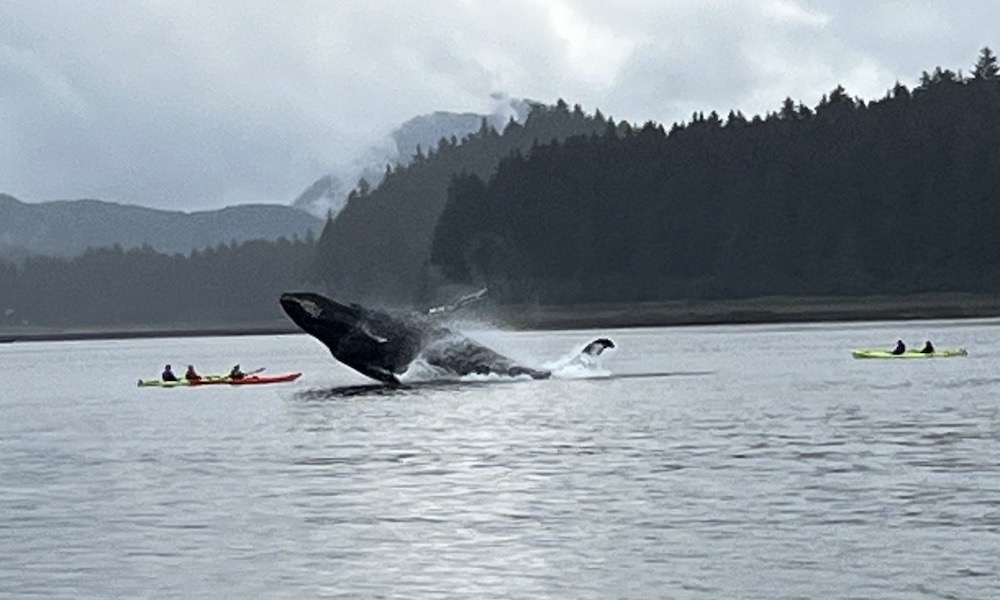Researchers out of Monterey, Ca., on Thursday enjoyed a rare encounter with mysterious killer whales known to travel in massive pods and prey on deepwater sharks.
“There were fins everywhere we looked on the horizon,” Capt. Evan Brodsky, of Monterey Bay Whale Watch, told ForTheWin Outdoors. “They were spread out for miles.” (Video posted below.)
It was the first known encounter involving a large pod of “offshore” killer whales, or orcas, in Monterey Bay since November 2021.
Boaters in the region are far more likely to encounter “transient” orcas, which prey on other marine mammals, including gray whales.
Offshore killer whales, as their ecotype association implies, typically range far from shore between Southern California and Alaska. Brodsky’s footage shows them in sub-groups over a submarine canyon as close as six miles from shore.
He was with Tomoko Shimotomai and Colleen Talty of the California Killer Whale Project, and photographer Daniel Bianchetta. They were traveling west aboard a 20-foot inflatable boat when they spotted dorsal fins sprouting from the surface.
“We just kept moving west from group to group for another 12 miles, so at my furthest point we were 18 miles out,” Brodsky said, adding the entire pod included more than 60 orcas.
Nancy Black, co-founder of the California Killer Whale Project, said offshore killer whale sightings, while rare, are more likely to occur during the winter. Pod sizes off California typically number 25 to 40 individuals, but they can be much larger.
Offshore killer whales prey largely on sharks, including deepwater sleeper sharks, which boast large and fatty livers. But the orcas also prey on fish, such as Pacific halibut and salmon.
Brodsky said his group did not witness feeding, but added: “There were a lot of birds around, and a very strong fishy, oily smell. Some of the other vessels in the area reported seeing fish scales in the water.”
He said that observing the offshore killer whales for the first time “was like winning the gold medal at the Olympics.”
